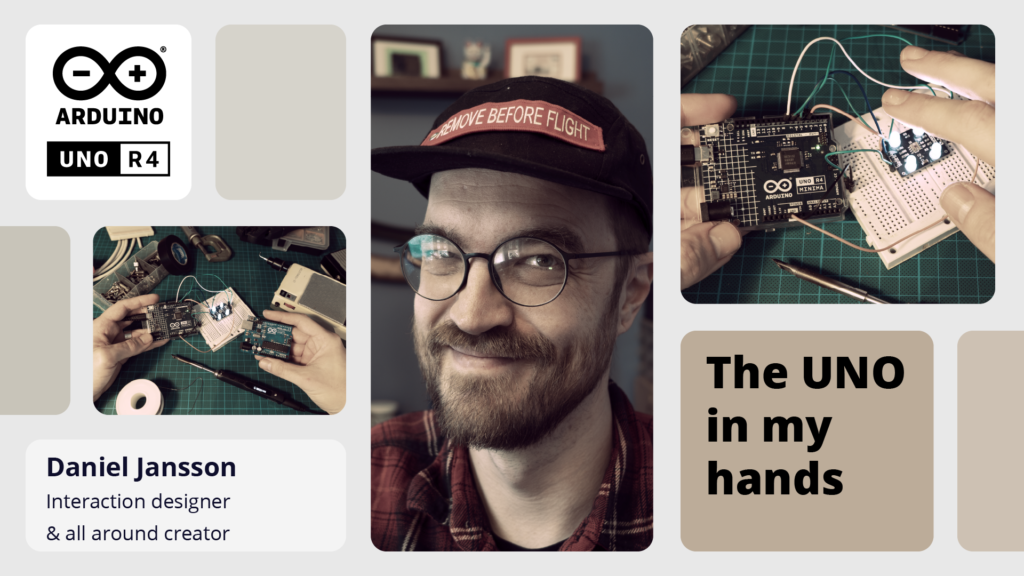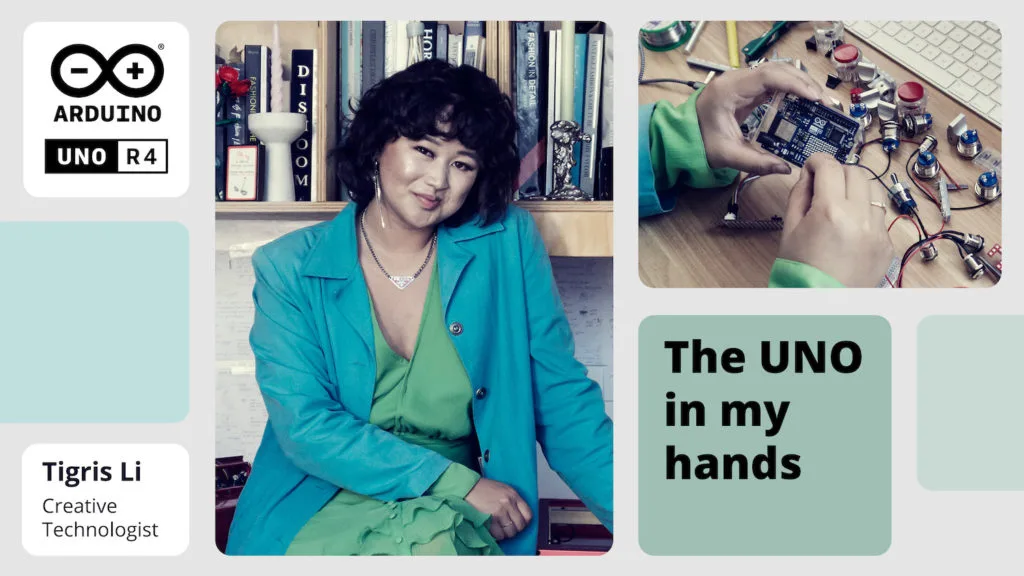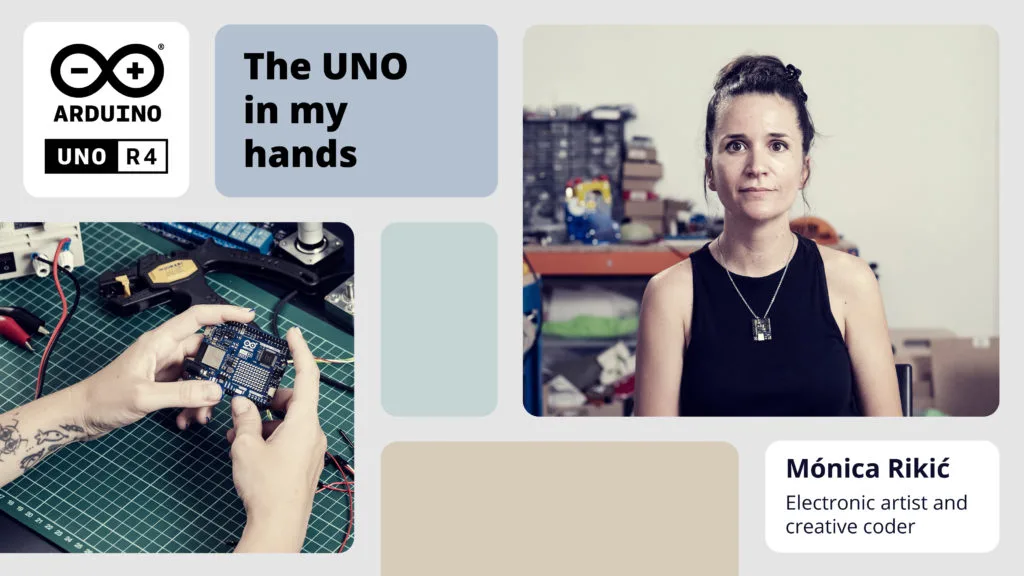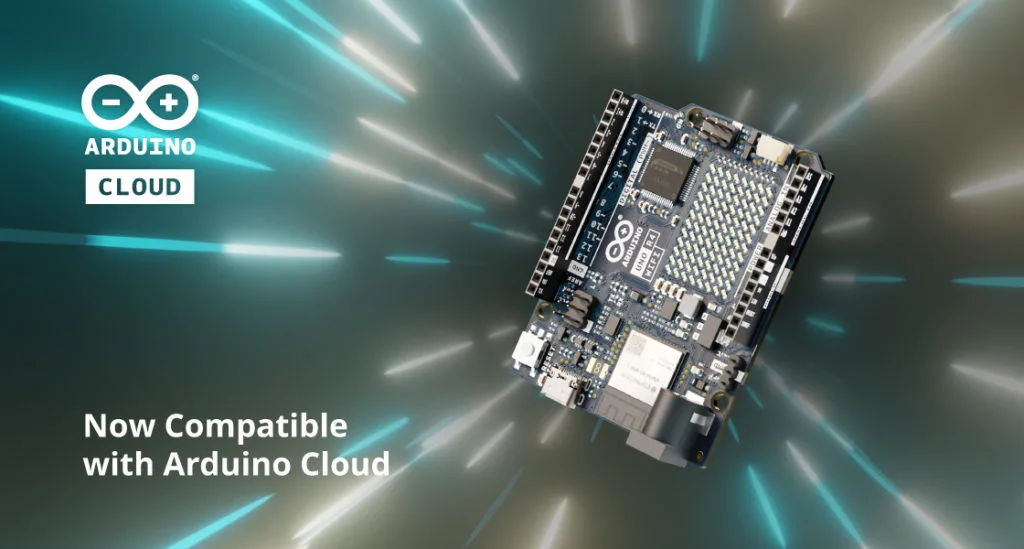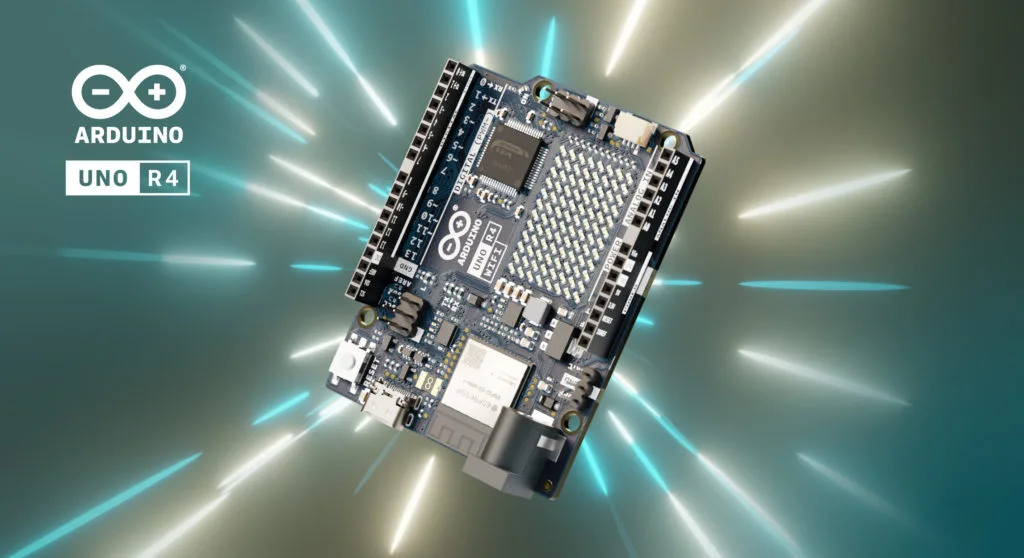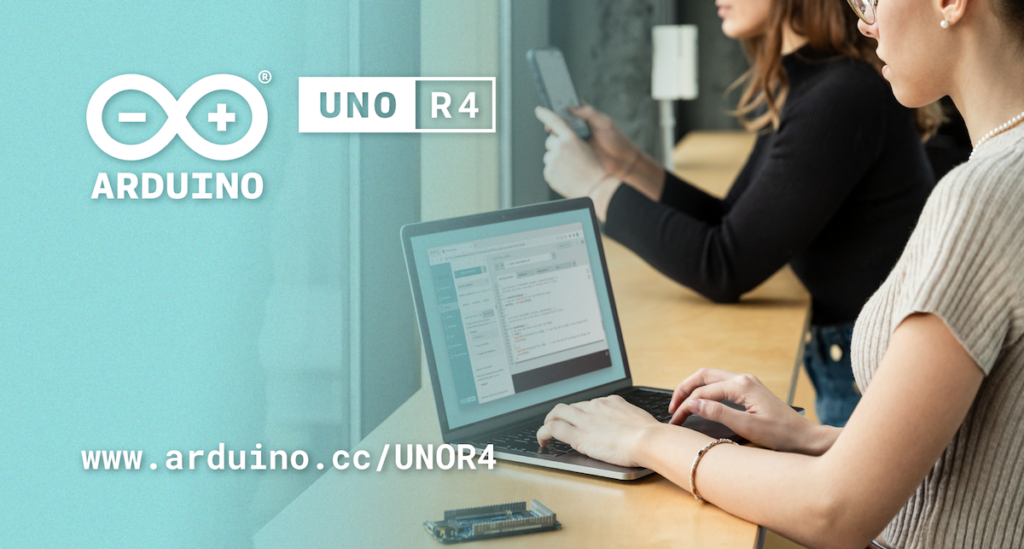Schlagwort: Arduino UNO R4
-

UNO R4 Stars: Meet Daniel Jansson
Reading Time: 3 minutesThe launch of the Arduino UNO R4 marks a huge leap forward for our community. For us, it’s also the chance to celebrate the people who bring our ecosystem to life with their bright ideas, radiant enthusiasm, and shining insight. That is how the UNO R4 Stars blog post series began: to highlight makers who…
-

UNO R4 Stars: Meet Tigris Li
Reading Time: 3 minutesThe launch of the Arduino UNO R4 marks a huge leap forward for our community. For us, it’s also the chance to celebrate the people who bring our ecosystem to life with their bright ideas, radiant enthusiasm, and shining insight. That is how the UNO R4 Stars blog post series began: to highlight makers who…
-

UNO R4 Stars: Meet Monica Rikic
Reading Time: 3 minutesThe launch of the Arduino UNO R4 marks a huge leap forward for our community. For us, it’s also the chance to celebrate the people who bring our ecosystem to life with their bright ideas, radiant enthusiasm, and shining insight. That is how the UNO R4 Stars blog post series began: to highlight makers who…
-

UNO R4 Stars: Meet Greta Galli
Reading Time: 2 minutesThe launch of the Arduino UNO R4 marks a huge leap forward for our community. For us, it’s also the chance to celebrate the people who bring our ecosystem to life with their bright ideas, radiant enthusiasm, and shining insight. That is how the UNO R4 Stars blog post series began: to highlight makers who…
-

Introducing UNO R4 WiFi support in the Arduino Cloud
Reading Time: 2 minutesWe are excited to announce that the Arduino Cloud now supports the UNO R4 WiFi board, providing makers with seamless connectivity and enhanced features. Building upon the recent release of the much-anticipated UNO R4 in our store, this new integration significantly amplifies the capabilities of the Arduino Cloud. The UNO R4 WiFi…
-

UNO R4: The new dimension of making
Reading Time: 3 minutesThe revolutionary UNO R4, announced on Arduino Day, is now available on the Arduino Store! The fourth version of the iconic, beloved UNO adds a whole new dimension to the world of DIY and making revolutionized by the simple 8-bit microcontroller over a decade ago. Take your maker potential to new heights:…
-

Early adopters: We want you!
Reading Time: < 1 minuteDuring Arduino Day 2023, we announced the new UNO R4 and we are now looking for contributors from the community to help support the portability of libraries and open source projects based on an AVR Arduino boards such as the UNO R3, Mega, Leonardo, and Nano. The Arduino UNO R4 is…
